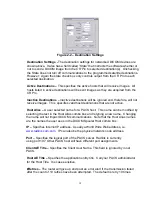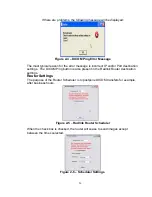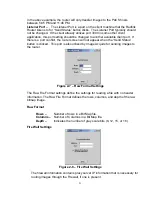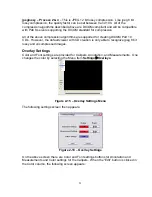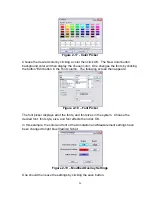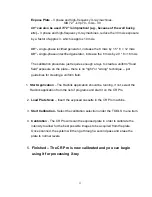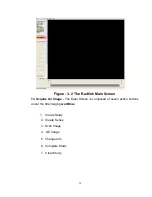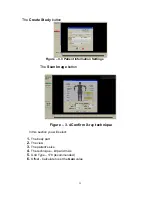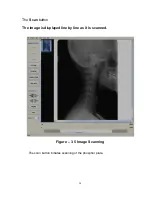
Prompt on Send Failure? –
An option to the router to not prompt on a send failure but
rather place the DICOM image in the canceled queue after a number of user defined
retries. This is important for unattended operation.
Network Timeout –
The elapsed number of seconds before a network timeout will be
issued when establishing a DICOM association.
Protocol –
The normal setting “DICOM” is based on the standard DICOM release,
and handles various modalities and PACS hosts. The “Radlink” protocol setting
supports image compression. The older protocol is based on the RSNA 2000 standard.
The protocol setting is ”Mallinckrodt”. This setting was added to accommodate older
PACS hosts. This protocol does not support compression and doesn’t support newer
modalities.
Compression –
The compression techniques supported are:
noCompression – Save
the image uncompressed. jpeglossy – 8 bit Process 1 – This is JPEG 8 bit lossy
compression. The default viewer with CD creation is only able to recognize jpeg 8 bit
lossy and uncompressed images.
Destination Settings Action Buttons
New –
A new host is created by pushing the
New
button. A system generated
Host
Alias
will automatically be generated and can be easily modified.
Delete –
A host can be deleted by pushing
Delete
after selecting the destination to be
deleted. If there are DICOM transfers in progress or queued up for that host, they will
not be sent. No directories or files are actually deleted with this operation.
DICOM Ping –
Click the DICOM Ping button to verify that the Destination settings, the
network settings, and the PACS settings are correct and the PACS server is accepting
associations. If all is well, the following message will be displayed:
Figure 2-3 – DICOM Ping Success Message
19














